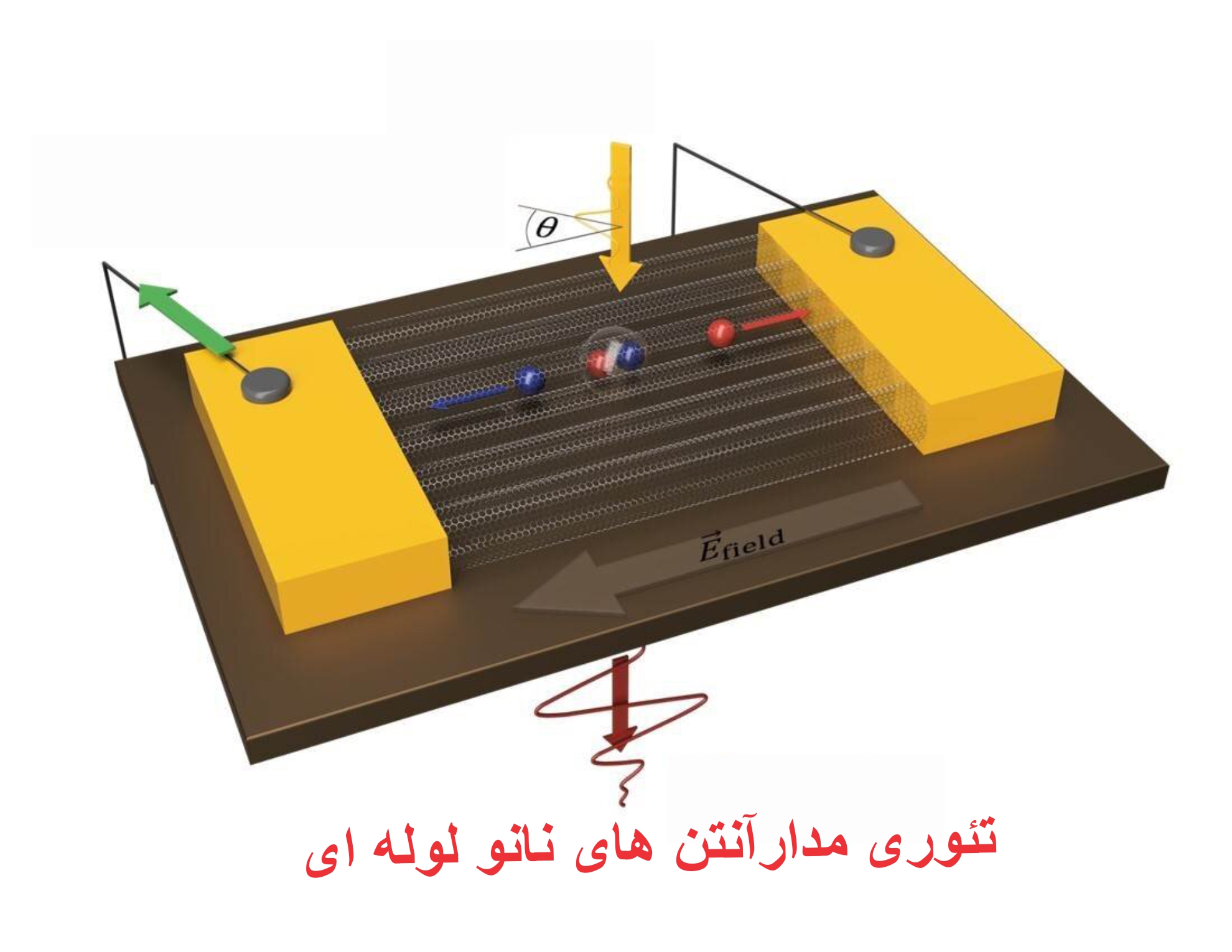Department of nano-micro-antennas and nano-electromagnetic waves (Nano-Micro-Antena)
The difference between nanotube antennas compared to classical antennas ( wave speed in nanotubes is about one hundred times lower than the speed of light)
Researcher and author: Dr. ( Afshin Rashid)
Note: Many features create a very different behavior for nanotube antennas compared to classical antennas. The main difference is that the current distribution is alternating with a wavelength that is 100 times smaller than the free space wavelength for the thermal frequency. It is clear that the wavelength of the current distribution depends on the wave speed in that mode.
The main difference between nanotube antennas compared to classical antennas is that if the wave speed is the same as the speed of light, the wavelength of the current distribution is the wavelength of electromagnetic waves in free space. On the other hand, the wave speed in nanotubes is about one hundred times lower than the speed of light. This is because in circuit theory, the wave speed is equal to the inverse of the square root of the capacitive capacitance per unit length multiplied by the inductive capacitance per unit length.
The nano network has more communication and processing potentials that overcome the limitations of the independent nano device through the cooperation of nano devices. One of the issues that has not been well resolved in nanotechnology is how to establish an electrical connection between nanoelectronic equipment and the macroscopic world without losing the capabilities of these nano elements. One of these areas and new functions of nano technology are nano antennas, which are used in various fields such as nano sensors, nano communication networks , electric energy production and other similar topics, and as one of the current fields of technology development. Nano are mentioned. At the nanoscale, graphene-based antennas are used to transmit EM waves are used Graphene is a very thin monoatomic sheet of confined carbon atoms placed on a crystal lattice . Due to the very small dimensions of nano sensors, nano antennas need to have a very high working frequency to be usable. However, the use of graphene helps to solve this problem to a great extent. Due to the development of the technology of manufacturing equipment in nano dimensions, the possibility of manufacturing nano antennas and using them in various applications has been provided. Communication between nano devices is a fundamental challenge related to the development of nano antennas and corresponding electromagnetic receivers. Reducing the size of the traditional antenna to hundreds of nanometers leads to very high performance frequencies . At THz band frequencies, the very large available bandwidth leads to much higher path loss than lower frequency bands . Nano antennas can be made of metallic materials such as silver , aluminum, chromium , gold, and copper, or they can be made of new materials such as CNTs and graphene, which is an attractive choice for nano antennas. By using graphene to make antennas, size and communication limitations can be overcome. In addition, the resonance frequency of nano-antennas based on graphene can be up to two orders of magnitude higher than that of nano-antennas made with other materials.
Conclusion :
Many features create a very different behavior for nanotube antennas compared to classical antennas. The main difference is that the current distribution is alternating with a wavelength that is 100 times smaller than the free space wavelength for a given thermal frequency. Let the wavelength of the current distribution depend on the wave speed in that mode.
Researcher and author: Dr. ( Afshin Rashid)
Specialized doctorate in nano-microelectronics




